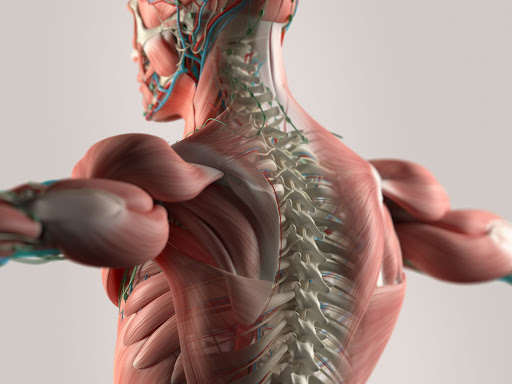Ozone-Oxygen Treatments in Musculoskeletal Diseases
Ozone is an antiseptic, immunomodulatory, analgesic and anti-inflammatory gas with an unstable and strong oxidizing effect. In biological environments, ozone rapidly converts to oxygen and oxygen radicals, creating moderate oxidative stress. Ozone is perceived as an oxidative threat to the body. As a result, enzymes that function in antioxidant defense mechanisms are activated. Ozone application can be evaluated in two ways: systemic and local. While the systemic application methods include major autohemotherapy, minor autohemotherapy and rectal insufflation, local application methods are low pressure ozone application, transcutaneous ozone irrigation, subcutaneous and intracutaneous ozone application. Although it is a cost effective and simple method to implement, experience is required in applying the technique and managing side effects.
Ozone (O3) is an unstable, strong oxidizing gas consisting of three oxygen atoms with antiseptic, immunomodulatory, analgesic and anti-inflammatory properties. Ozone, a colorless, pungent gas, is also a chemical derivative of oxygen. Its name comes from the Greek "ozein" meaning "to smell". Ozone was first discovered in 1840 by the German chemist Schönbein. Von Siemens created the first technical ozone unit (ozone tube) in 1857. The first use of ozone in medicine was carried out by Fisch in 1932. In 1935 Payer examined the contribution of ozone therapy to surgical treatment. Today, ozone therapy can be used in different branches with different indications. Anti-inflammatory, activation of anti-oxidative capacity and immunomodulation effects of ozone injection are utilized in inflammatory and degenerative diseases related to the musculoskeletal system. Clinical studies evaluating the effects of ozone on the musculoskeletal system are increasing. Recently, legal regulations regarding ozone treatments have started to be made in our country. In this article, the basic principles and application techniques of ozone applications will be emphasized in the first part, followed by clinical studies evaluating ozone applications. Most effects of ozone on the human body can be considered a paradoxical effect. While its positive effects are seen at appropriate concentrations, it can be a very strong and dangerous oxidant at high concentrations. The phenomenon of ozone gas being highly effective at low doses, decreasing its effectiveness at high doses and showing toxic effects was defined as hormesis by Goldman.
While ozone is formed in nature as a result of the exposure of the oxygen atom to high-energy electric current and ultraviolet rays, medical ozone is prepared from pure oxygen by silent electrical discharge. The ozone/oxygen mixture can be applied to the body in various ways. The main administration methods include intramuscular, intraarticular and intradiscal injections, as well as intravenous, intrapleural and intrarectal administrations. Ozone therapy is increasingly used in musculoskeletal diseases due to the reduction in inflammation, rapid pain control and early mobilization effects.





